Pilates is known to have a range of benefits. From strengthening core muscles, to improving posture and helping with pain, it’s loved by many.
It may involve small movements, but is a challenging workout. And recently, there’s been a rise in popularity of working out on acupressure mats.
When I found out Pilates instructor Valentina Pintus at Mind and Body Studio in Kirkcaldy was introducing spiky mats into her classes – I knew I wanted to try it.
Would it bring extra benefits? Would I be able to handle the spikes?
Or would lying on what looks like a massive Lego brick be too sore?
Valentina uses the Auramat Method and uses the boards in her classes once a month.
The hard plastic mats have pyramid shaped spikes and magnets on them and are placed on your workout mat.
They are designed to use pressure therapy to stimulate the fascial tissue (connective tissue that surrounds muscles, groups of muscles, blood vessels, and nerves).
After I touched the mat, I was really concerned I wouldn’t be able to handle it!
First impressions
In the class we would be focussing on feet, hands, upper and lower back.
But as I have very sensitive feet, I didn’t know how I’d cope.
I was certainly glad to be wearing the cotton socks Valentina advised me to wear in advance of the class!
The class began and I took my first tentative step onto the mat with one foot.
Although it felt strange, I was surprised that it didn’t feel sore. It was a new feeling but not an unpleasant one.
Valentina was great at taking me slowly through simple exercises to become used to the feeling on the soles of my feet.
Becoming more confident
I adapted to the sensation quickly and soon I was standing with two feet on the mat!
After completing the first set of exercises I felt confident enough to remove my socks – and got a bit of a shock when I saw the effects!
And although my feet felt warm it wasn’t painful and actually felt relaxing.
As the class continued I tried different Pilates exercises using the mat under my hands, upper and lower back.
I grew in confidence and liked that I could choose the level of pressure I put on the mat depending on what I felt I wanted to do.
Circulation
I didn’t ever think I’d be able to put weight on my hands whilst I did different exercises but I proved myself wrong.
Yes it left marks on my skin but they were temporary and my wrists and hands felt better for getting the circulation flowing.
Afterwards I felt rejuvenated and full of energy. I slept well that night despite the heat too.
The verdict
But the headline achievement for me is the painful hip I’ve had for months is the best it’s been.
In fact, that was something that’s lasted all week, not just in the immediate time after the class.
It might look scary but it’s not.
I loved it and it’s definitely a class I’ll be trying again.
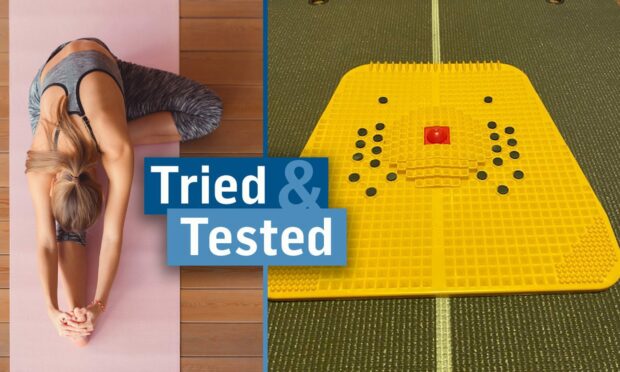
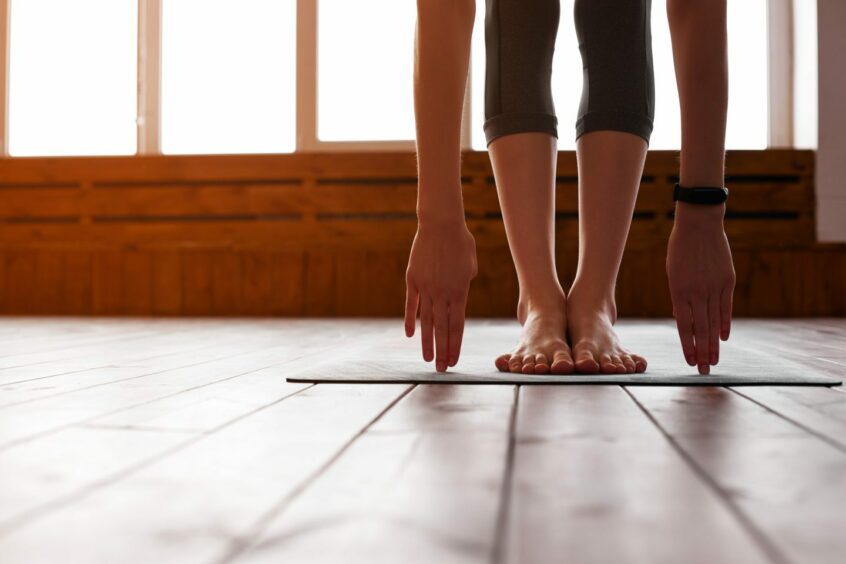
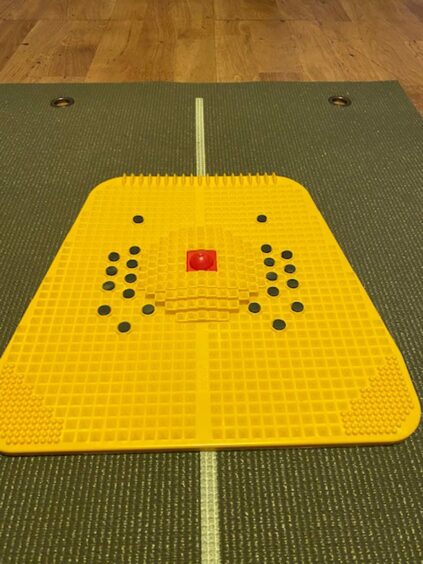

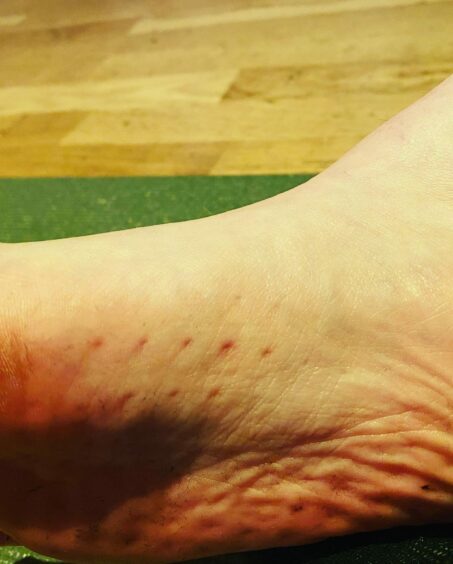
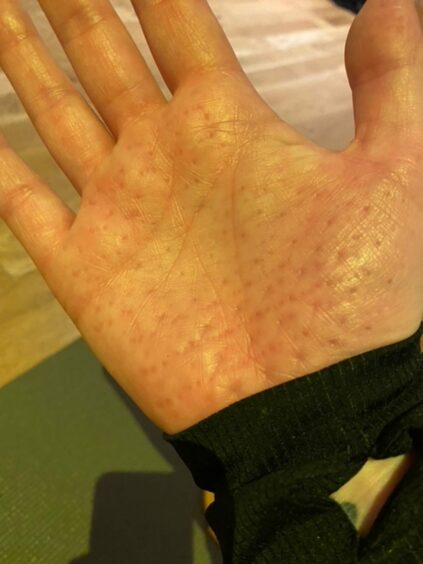






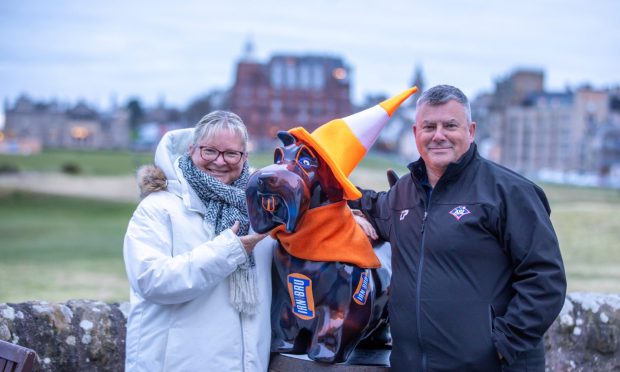



Conversation